If you’re good with data and looking for a job, you’re in luck. There seem to be quite a few jobs out there. Here are a handful of positions that have showed up on my radar recently.
SENSEable City Lab at MIT — “The SENSEable City Laboratory is seeking exceptional candidates to fill positions involving research on the process of data visualization. Candidates should have a sound experience in the process of visualizing data both in static as well as dynamic form.”
Front-end Engineer at GeoIQ — “[Y]ou will be a key member of our growing platform engineering team building dynamic, interactive visualizations, maps and mobile applications. You will be working directly with our JavaScript and ActionScript components to create compelling interfaces that use cutting edge technology and web standards.”
Front-end Developer at Periscopic — “A passion for dealing with data, making sense of large amounts of disparate information, or statistical analysis would be lovely.”
Stamen Developer — “You’re excited by the possibility of cutting and bending data to fit it through the thin straw of the internet. You can look at a source of information and model it as resources, rows and columns, messages and queues.”
News Developer Jobs — A pretty good list started by Matt Waite that others can edit. Includes openings at the Chicago Tribune, New York Times, Boston Globe, and others.
Got a job you need to fill? Feel free to post it in the forums.



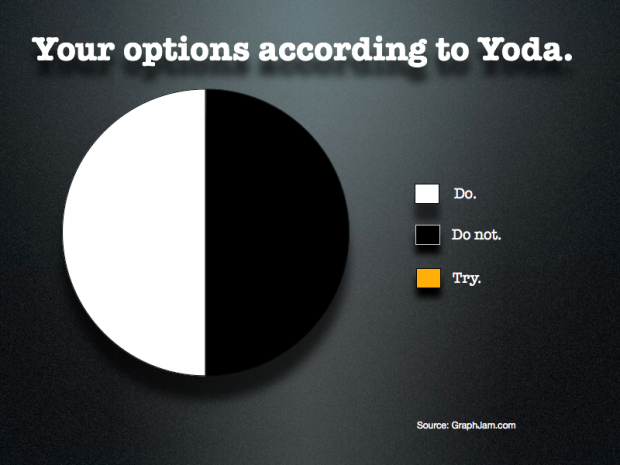
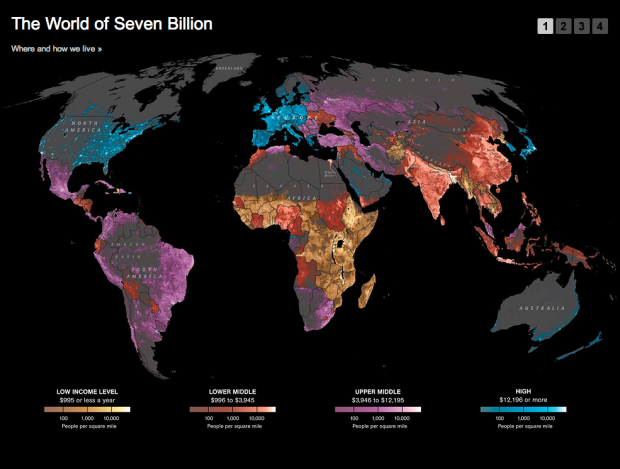
 A few months ago, a packed crowd gathered in Minneapolis for the Eyeo Festival to hear some of the best in data art, visualization, and creative code talk about what they do and how they do it. I didn’t get a chance to go, but from all the chatter online during the event (and the stellar speaker lineup), I get the sense I missed something good. Luckily, some of the talks are available online.
A few months ago, a packed crowd gathered in Minneapolis for the Eyeo Festival to hear some of the best in data art, visualization, and creative code talk about what they do and how they do it. I didn’t get a chance to go, but from all the chatter online during the event (and the stellar speaker lineup), I get the sense I missed something good. Luckily, some of the talks are available online.
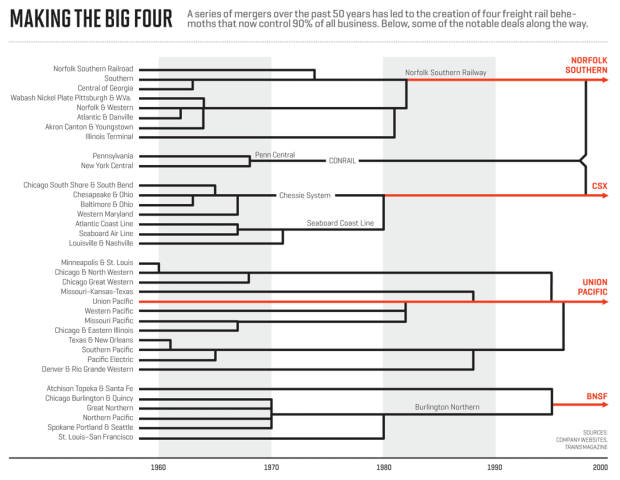
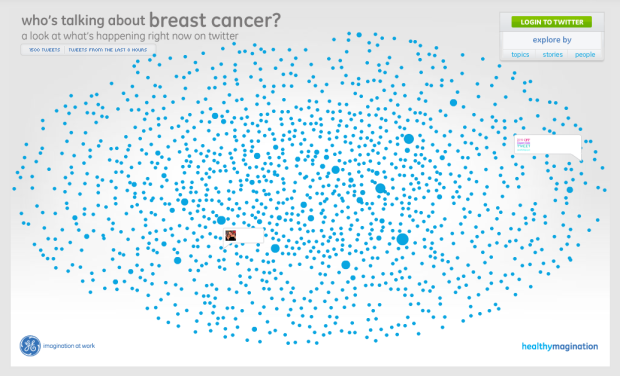
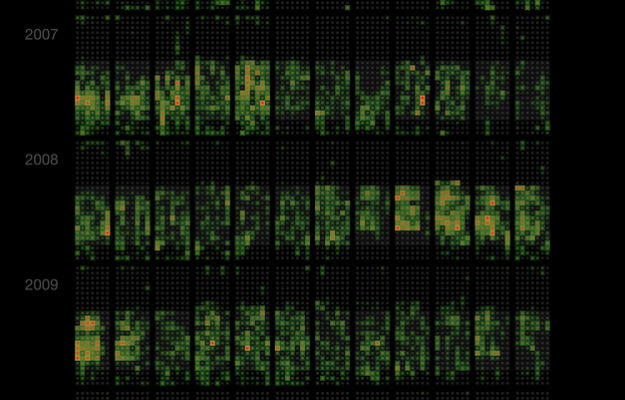
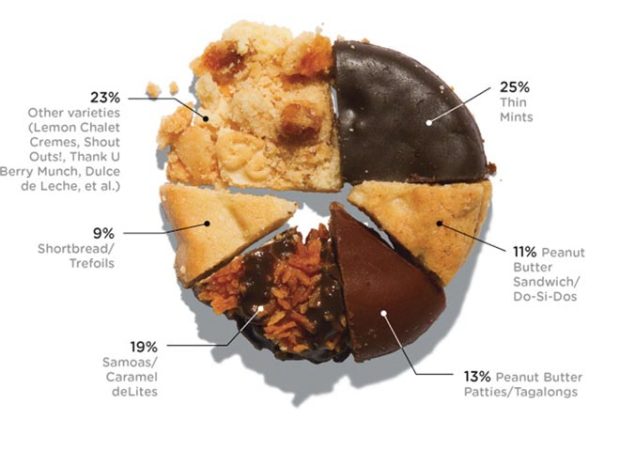
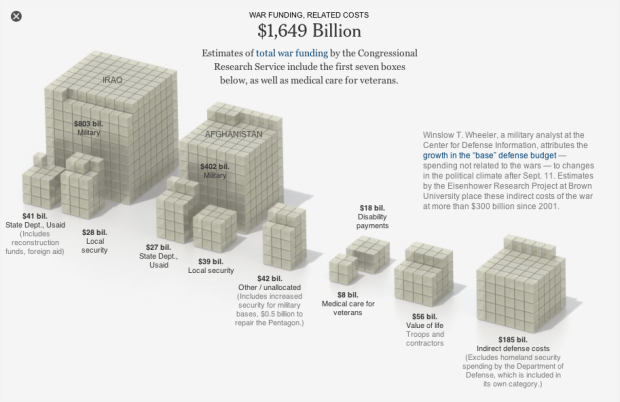
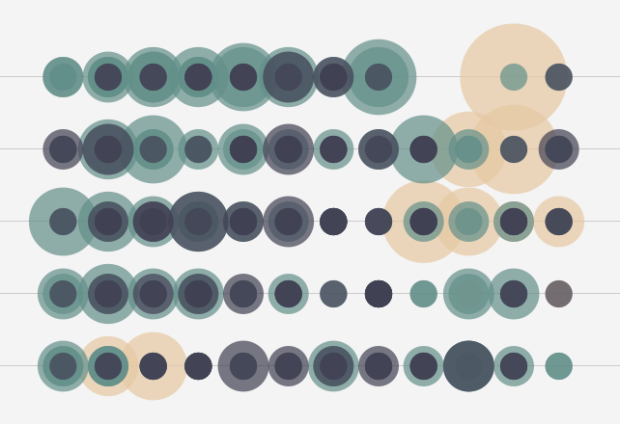
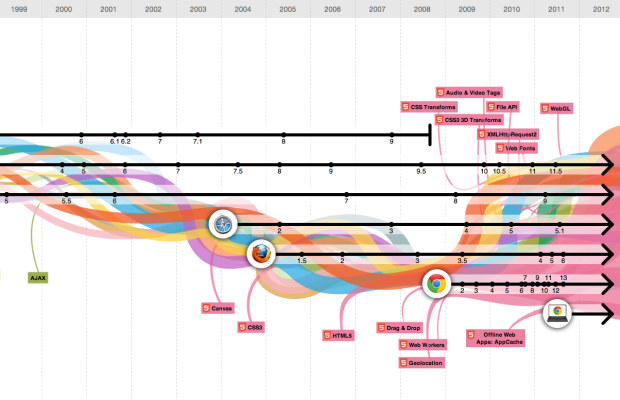










 Visualize This: The FlowingData Guide to Design, Visualization, and Statistics
Visualize This: The FlowingData Guide to Design, Visualization, and Statistics
